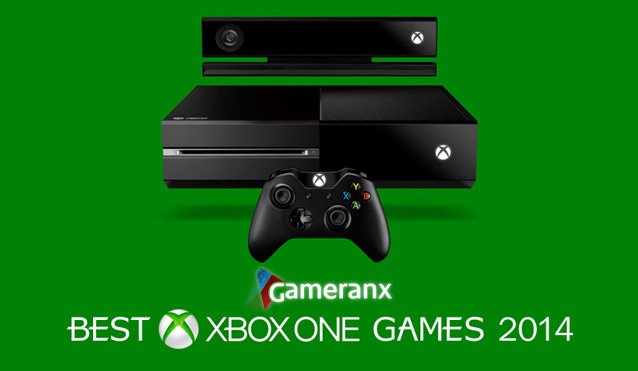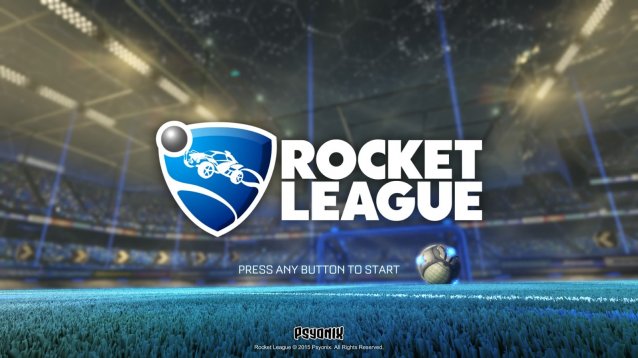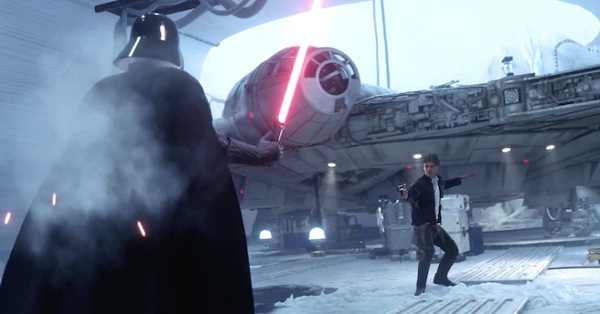

If your budget allows, of course mobile is a great option for increasing reach with your branded game, but don't rely on it. Use mobile as a secondary source of exposure to reach a wider audience. A web based Flash game should still be the first choice for a number of reasons:
Flash is the best way to get guaranteed exposure
The biggest issue with mobile games is making your game stand out from the crowd. Unlike Flash, where it's relatively easy to distribute a game to a huge number of players, without a considerable budget for marketing the game itself, it's difficult to get a mobile game noticed. It's likely to just get lost in a sea of apps on the mobile app stores. Putting all your eggs in the mobile basket is a huge gamble that could end up with no significant return.
Flash doesn't have this problem. There is a huge existing network of gaming websites willing to host and drive players to a Flash game. Plus, it avoids the risk of only having your game available in one place (the appropriate mobile app store). Flash gaming sites have a huge existing user base ready and waiting to play your game.
Flash is more cost effective
Flash games target one common web based player, so there's none of the fragmentation you get with mobile devices. Trying to target all available mobile devices adds considerably to development and testing time, which means increased cost. This makes Flash much more cost effective and a better starting point for businesses with a modest budget.
A Flash game can be used to promote the mobile version
Having a web based Flash version of your branded game can be a great tool to drive traffic and downloads of a mobile version. Because Flash makes it easier to get your game in front of players, you can harness this exposure and drive traffic (through links in the game) to the mobile version on app stores. This is why it's always best to treat the Flash web based version of your game as the foundation and add a mobile version only if the budget allows. You can use the Flash version to promote the mobile version of your game, but NOT the other way around.
What about using HTML5 to target desktop and mobile devices at the same time?
There are currently a huge number of compatibility issues with HTML5 that make it a poor choice for web based games. You would end up with a far inferior end product to both a native mobile application and a Flash game. But the main issue is that there is no way to package and distribute HTML5 games in the same way that you can with Flash. So you're essential left with having the game in one place only and the same promotion problems as with having a native mobile app only.
If you do choose to produce a mobile version of your game in addition to the web based one, Flash is now capable of publishing as native apps anyway. So as long as your game is designed with this in mind from the start, it's relatively easy to create the mobile version of your branded game alongside the Flash web based version, minimising additional costs and time required.
Flash First, Mobile Second
When considering a branded game as part of a marketing campaign, you should only consider JUST a mobile version if:
a) You have a decent budget to promote the finished game, or... b) You are willing to take the risk of hardly anyone playing your game.
If you want to guarantee good exposure for your branded game, always choose Flash first. Then if your budget allows you can start to look at mobile as an option.
Simon Walklate is co-founder of UK game developer The Motion Monkey. Check out more info on Flash and mobile game development services.




 Travelling Without Moving: Escapism and Wanderlust in Gaming
Travelling Without Moving: Escapism and Wanderlust in Gaming The Witcher 3 Guide – How to Complete the Bloody Baron’s NPC Quest Line
The Witcher 3 Guide – How to Complete the Bloody Baron’s NPC Quest Line How to Unlock all Diorama Figurines in Star Wars: Battlefront
How to Unlock all Diorama Figurines in Star Wars: Battlefront Fallout 4 Mission Guide: The Lost Patrol
Fallout 4 Mission Guide: The Lost Patrol Earth Defense Force 2017 Wiki .
Earth Defense Force 2017 Wiki .